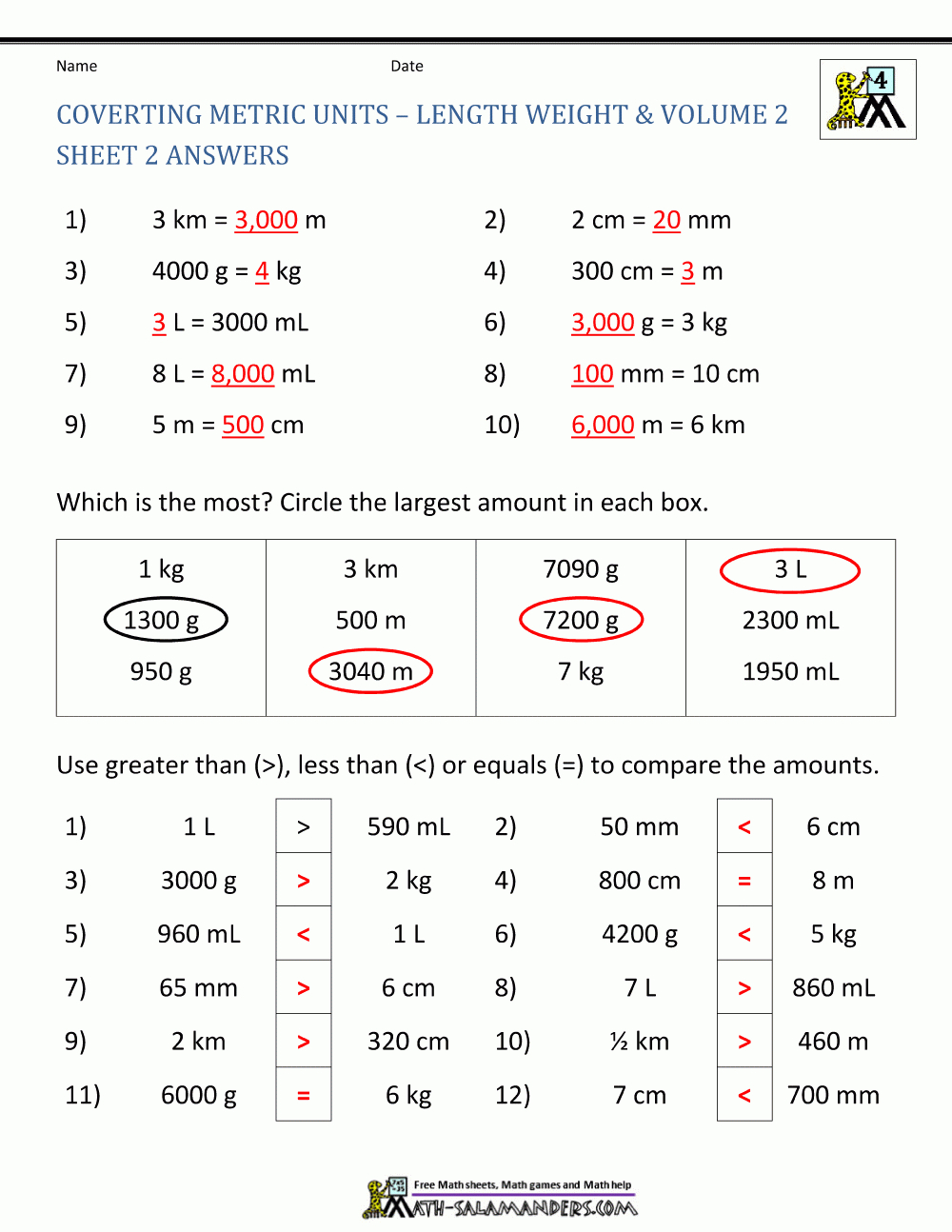Ever tried fitting a square peg into a round hole? That's what it can feel like grappling with different units of measurement. Whether you're tackling a DIY project, navigating a recipe from a different country, or simply trying to understand the world around you, converting units of area and volume is a surprisingly essential skill.
Let's face it, the metric system versus imperial system debate can make anyone's head spin. Pounds or kilograms? Feet or meters? The units we use to measure the world directly impact our ability to communicate, build, and even cook! But before we delve into the how-to, let's take a quick trip down memory lane.
Humans have been measuring things for millennia. From ancient Egyptians using their cubits to mark land to the Roman Empire standardizing measurements for trade, the quest for accurate units has been a constant. The evolution of measurement systems reflects our growing understanding of mathematics and the physical world.
But with this progress comes a challenge: different systems persist in different parts of the world. This discrepancy can lead to confusion, miscommunication, and even some spectacularly expensive mistakes – think of the Mars Climate Orbiter, lost in 1999 due to a unit conversion error!
Understanding how to convert between units of area and volume isn't just about passing a math test, it's about navigating a world of diverse measurements with confidence. Whether you're calculating the amount of paint needed for a room or understanding the capacity of your car's gas tank, these conversions are surprisingly relevant in our daily lives.
Now, let's dive into some common questions about converting units of area and volume:
1. What is the difference between area and volume?
Area refers to the amount of space inside a two-dimensional shape, like a square or circle. It's measured in square units, such as square meters (m²) or square feet (ft²).
Volume, on the other hand, deals with three-dimensional space and measures how much a container can hold. Think liters (L) for liquids or cubic meters (m³) for solids.2. Why do we need to convert units?
We convert units to ensure everyone is speaking the same measurement language! Imagine trying to bake a cake with a recipe that uses grams for flour but milliliters for milk – chaos! Conversions help us maintain consistency and accuracy.
3. What are some common units of area and volume?
Area: square meters (m²), square kilometers (km²), square feet (ft²), square miles (mi²), acres Volume: liters (L), milliliters (mL), cubic meters (m³), cubic centimeters (cm³), gallons, quarts
4. What's the easiest way to convert between units?
The internet is your friend! Numerous online calculators and conversion charts can do the heavy lifting for you. Just input the value and the units you're converting from and to, and voila!
5. Are there any tricks for remembering conversions?
One helpful tip is to focus on the relationships between units within the same system. For example, there are 100 centimeters in a meter, so a square meter has 100 x 100 = 10,000 square centimeters.
6. What's a common mistake people make when converting units?
One of the biggest pitfalls is forgetting to square or cube the conversion factor when dealing with area and volume, respectively. Remember, you're converting units of *space*, not just linear measurements!
7. How can I get better at converting units?
Like any skill, practice makes perfect! Try incorporating conversions into your everyday life. Cooking, DIY projects, and even planning a trip are great opportunities to flex your conversion muscles.
8. Where can I find more resources on converting units?
Websites like Khan Academy and Math is Fun offer comprehensive explanations and practice problems. Textbooks and educational apps are also valuable resources for mastering conversions.
Mastering the art of converting units of area and volume may seem like a small victory, but it's a crucial step towards greater confidence in navigating a world measured in both inches and centimeters. So, embrace the challenge, practice your conversions, and remember that even the smallest unit can make a world of difference!
Converting Metric Units Of Volume Worksheet - The Brass Coq
MS Progression Chart: Stages Of MS, Disability Scale, And, 47% OFF - The Brass Coq
converting units of area and volume - The Brass Coq
Converting Units Of Volume Worksheet - The Brass Coq
Converting Units Of Area And Volume - The Brass Coq
Mm Cm M Chart - The Brass Coq
Measurement And Conversion Worksheets - The Brass Coq
converting units of area and volume - The Brass Coq
Worksheets 4th Grade Converting Metric Units - The Brass Coq
Converting Units Of Measurement Worksheet - The Brass Coq
Converting Units Of Area And Volume GCSE Maths Steps Examples - The Brass Coq
Converting Units Of Area And Volume - The Brass Coq
Conversion Of Units Activity Sheet - The Brass Coq
converting units of area and volume - The Brass Coq
Barren Malignant Coping metric conversions to bound Paradox Curiosity - The Brass Coq













